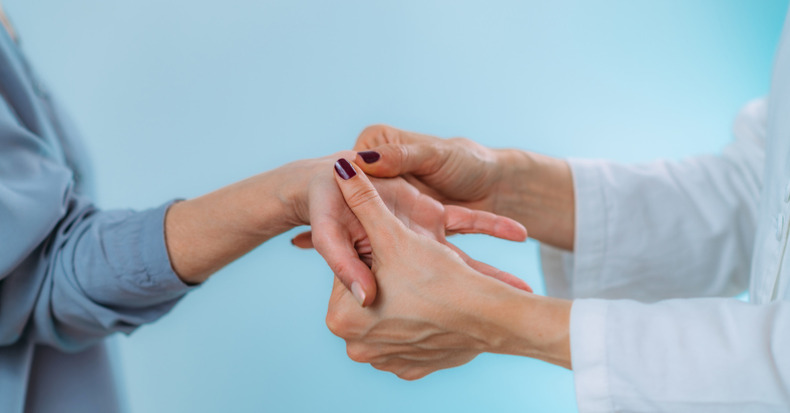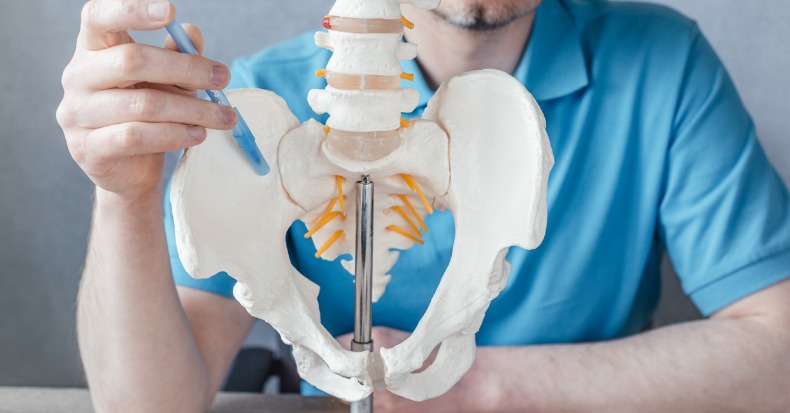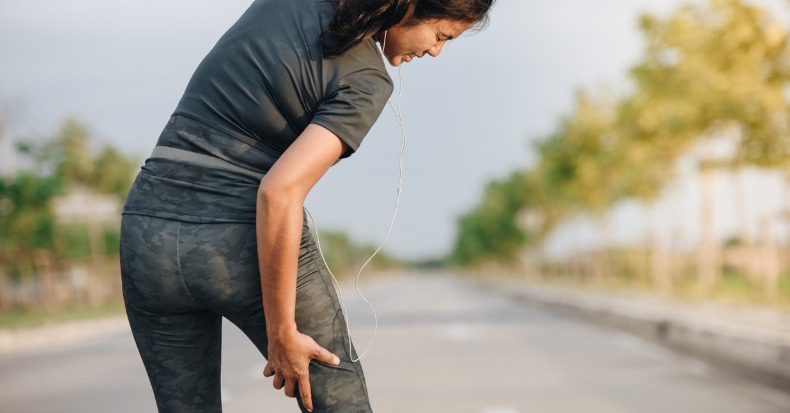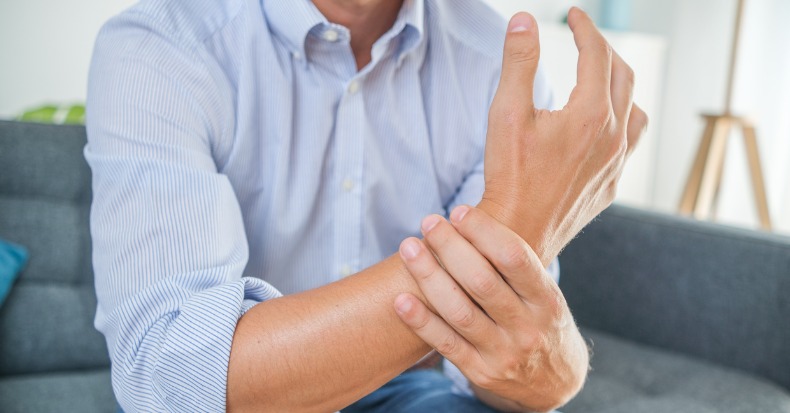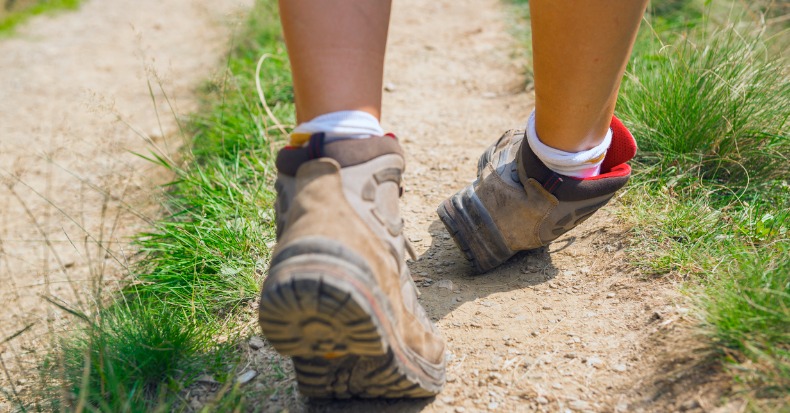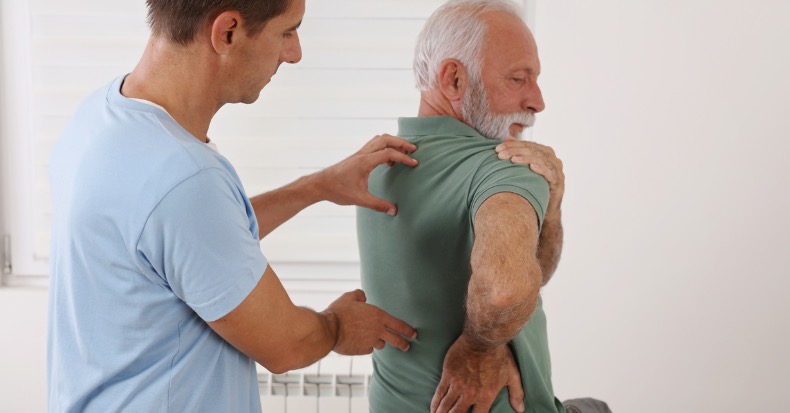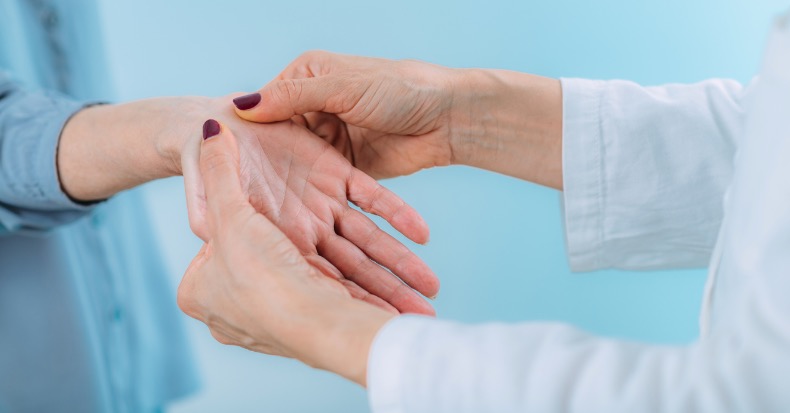Newest Articles
Carpal tunnel syndrome (CTS) is a condition the occurs when mobility of the median nerve is restricted as it passes through the wrist, resulting in symptoms that extend into parts of the hand including pain, numbness, tingling, and weakness. Generally, symptoms come on gradually but worsen and become more frequent over time. While most often [..]
Peanut butter is the creamy and ground form of dry roasted peanuts that’s enjoyed by millions of people around the world. Because peanut butter is typically 90% peanuts—the rest is a combination of additives to improve flavor, shelf life, and consistency—and peanuts are considered a healthy food, do those benefits extend to peanut butter, and [..]
The sacroiliac joints (SIJ) sit between the sacrum (tailbone) and ilium (pelvis), which serve to connect the spine and pelvis and facilitate load transfer from the low back to the lower extremities. Generally, when we consider the cause of a patient’s low back pain, the first place investigated is the lumbar spine. But as it [..]
Patients with tension-type headaches (TTH) often experience neck pain and stiffness, which may be a contributing factor in their present headaches. Thus, it’s not uncommon for a doctor of chiropractic to use manual therapies and provide home exercise instruction focused on improving neck function in the effort to reduce headache frequency and intensity. It may [..]
The bulging disc and the protruded disc are the categories most often seen in chiropractic clinical practice. The category and magnitude of disc herniations can only be determined by advanced imaging, especially MRI and/or CT.
Effectiveness
There is a long and rich history showing the effectiveness of spinal manipulation for the management of low back [..]
Outside of an emergency situation, such as a wrist fracture, treatment guidelines for carpal tunnel syndrome generally recommend exhausting non-surgical options before consulting with a surgeon. But how well are guidelines followed? To find out, researchers surveyed 770 members of the American Society for Surgery of the Hand to better understand the current practice patterns [..]
Most people have rolled an ankle in their lifetime. Usually, an ankle sprain heals without any consequence, but that isn’t always the case. According to the current research, a third or more of lateral ankle sprain patients may experience long-term problems like ankle instability that necessitates splinting or taping the ankle before engaging in sports [..]
While the typical chiropractic patient is a working-age adult, children and teenagers also experience neck pain, back pain, headaches, and other musculoskeletal conditions that may respond favorably to chiropractic treatment. In fact, a 2017 study that monitored 1,400 Danish school children for three years found that 55% experienced spinal pain during the course of the [..]
While it may sound confusing, the most common type of neck pain is non-specific neck pain; that is, neck pain that occurs in the absence of an underlying disease or pathology, like an infection or osteoporotic fracture. Rather, non-specific neck pain is caused by postural or mechanical issues affecting the soft tissues in the neck. [..]
The “gold standard” for health care research is the randomized controlled trial, or RCT. A lay explanation for a typical RCT study is:
Researchers gather a group of individuals that have the same problem.
The problem is quantified, often by using standardized measurement outcomes.
The group is randomized to be treated differently. The quantification of the problem [..]
Carpal tunnel syndrome (CTS) can be a complex condition that can be a challenge to manage for several reasons.
There can be multiple contributing causes. Seldom is CTS the result of one traumatic event, like a broken wrist that produces instant symptoms that requires emergency surgical treatment. Rather, the condition tends to develop over time as [..]
Physical activity, from housework and gardening to a structured exercise routine, is widely recognized as the most important behavior for both promoting longevity and lowering the risk for cardiovascular diseases, type 2 diabetes, several forms of cancer, and other chronic diseases. In fact, the World Health Organization lists low cardio-respiratory fitness as the number one [..]
